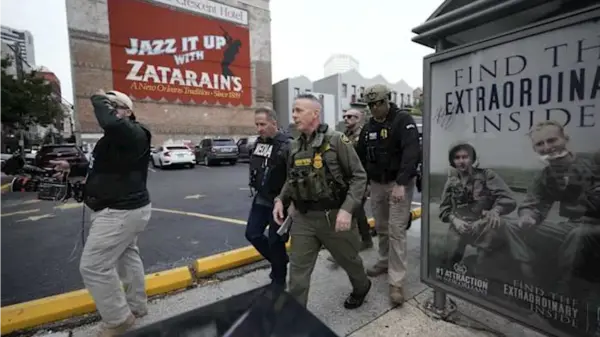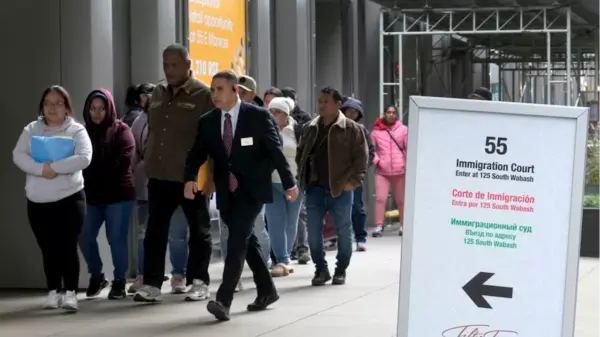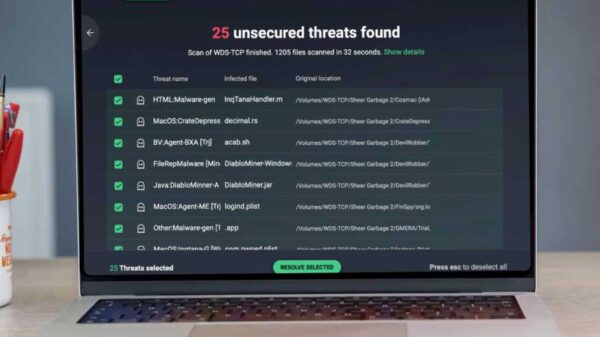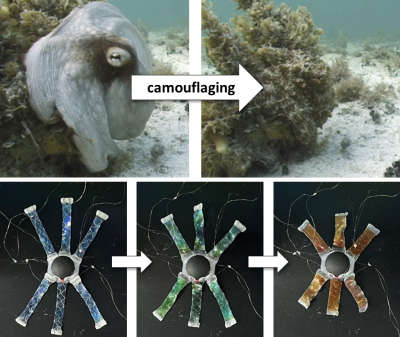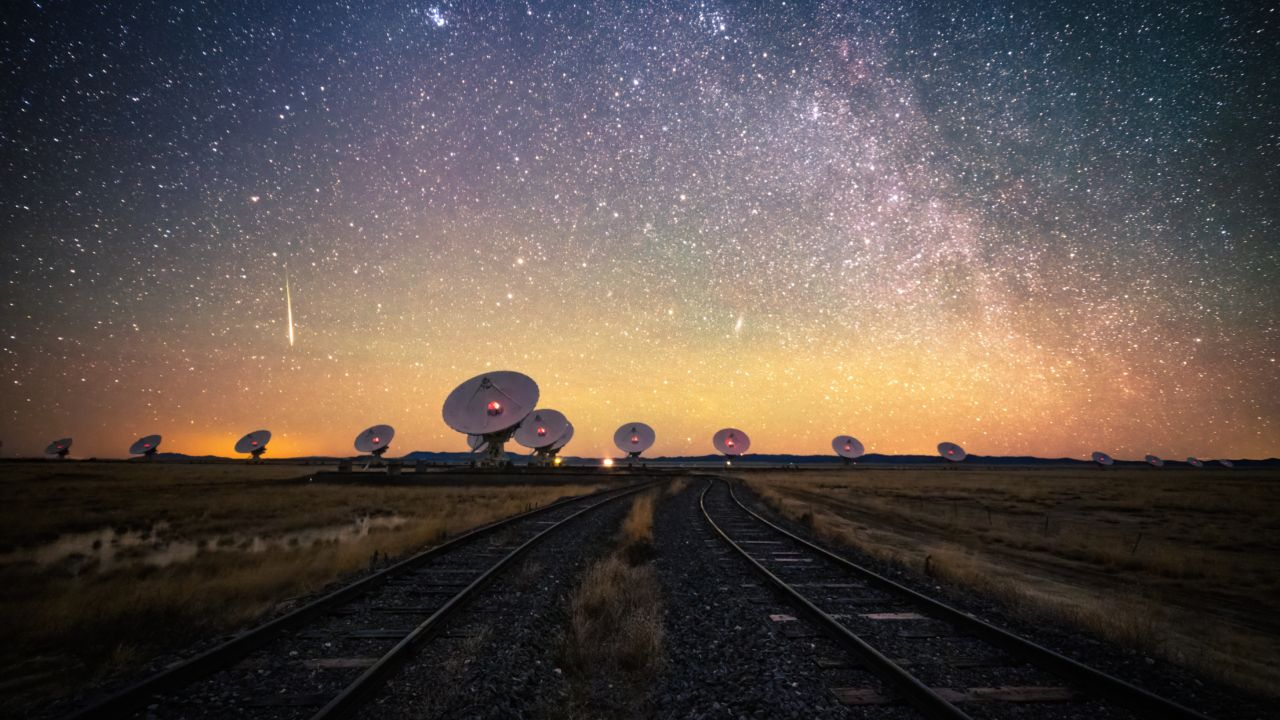SpaceX has unveiled a groundbreaking automated data-sharing system in collaboration with American radio astronomers, aimed at protecting radio telescopes worldwide from interference caused by satellites in low Earth orbit (LEO). This initiative addresses growing concerns about the impact of satellite constellations, such as SpaceX’s own Starlink, on the integrity of astronomical observations.
The integration of high-speed internet services provided by satellite networks has revolutionized connectivity for remote and underserved areas. However, the presence of these satellites has also created challenges for optical and radio telescopes. The Square Kilometre Array Observatory (SKAO), which is being constructed in Australia and South Africa, has highlighted the risk that satellite interference poses to detecting faint signals that could indicate extraterrestrial life and observations of distant galaxies.
To mitigate these issues, researchers from the U.S. National Radio Astronomy Observatory (NRAO) have collaborated with SpaceX over the past three years to develop a sophisticated data-sharing system. This system provides real-time updates to the Starlink network regarding scheduled telescope observations, including the specific frequencies that astronomers intend to utilize. When Starlink satellites approach these telescopes, the system directs them to either adjust their beams away from the sensitive antennas or mute their electronic signals.
Chris De Pree, deputy spectrum manager at the NRAO, expressed optimism regarding the system’s functionality. “The good news is that it’s autonomous on both sides,” he stated in an interview. “We are sending information in real time to SpaceX about what the telescope is doing, and their system digests it and issues commands to the satellites that are approaching.”
The solution comprises two main components: the Operational Data Sharing (ODS) system, which transmits observing schedules to Starlink, and the Starlink Telescope Boresight Avoidance algorithm, which instructs satellites to redirect their beams. This technology has already undergone successful testing at the NRAO’s Very Large Array (VLA) in New Mexico since August 2024 and will soon be expanded to other facilities, including the Very Long Baseline Array and the Green Bank Telescope in West Virginia.
The VLA, situated in a remote desert area near Socorro, New Mexico, consists of 28 radio antennas, each measuring 82 feet (25 meters) in diameter. This array has significantly advanced scientific understanding of cosmic phenomena such as black holes and the dynamics of the Milky Way galaxy. Following the launch of the first Starlink satellites in 2019, astronomers recognized the potential for satellite mega-constellations to disrupt future research efforts.
“For decades, radio astronomers have been building telescopes at remote sites to avoid radio frequency interference,” De Pree explained. He noted that while some interference was expected, the rise of satellite constellations has introduced a new level of complexity, with potentially thousands of interference sources directly above telescopes.
The faint cosmic radio waves that radio telescopes aim to capture are often significantly weaker than the signals used in terrestrial communications. Consequently, these telescopes are usually situated within designated radio-quiet zones to minimize interference. Unlike local broadcasting or wireless devices, satellites are not restricted from overflying these zones. De Pree pointed out that hundreds of satellites pass over the VLA daily, emphasizing that “nowhere is remote anymore.”
The situation is expected to worsen as the number of satellites continues to increase. In 2019, approximately 3,000 satellites were orbiting Earth when SpaceX initiated the Starlink project. This number has surged to over 8,000 operational satellites, contributing to a total exceeding 15,000. SpaceX’s ambitions for Starlink include expanding the constellation to over 40,000 satellites in the coming decade, with other companies, such as Amazon with its Project Kuiper and various Chinese initiatives, also launching their satellite fleets. By 2030, projections suggest that around 100,000 satellites could be in orbit, potentially disrupting radio astronomy observations thousands of times daily.
Recognizing the looming threat to radio astronomy, the NRAO team initially approached SpaceX in 2021 to discuss potential solutions. De Pree noted that radio telescope electronics are highly sensitive and were not designed to process the strong signals emitted by satellites. “It’s as if somebody is yelling at you,” he stated. The noise generated by satellite transmissions can interfere with a broad spectrum of frequencies, not just those being actively used.
Historically, the International Telecommunication Union reserved specific portions of the radio spectrum for radio astronomy in the 1950s, prohibiting broadcasting within these bands. However, satellite operators have increasingly encroached upon these protected frequencies. Additionally, astronomical sources emit radiation across a wide range of wavelengths, necessitating continuous efforts by radio astronomers to observe these distant phenomena.
“The challenge to radio astronomy is that many of these spectrum regions that used to be quiet are now filled with transmissions,” De Pree explained. “As we continue to lose access to these critical segments, the time required to complete our observations increases.”
Looking ahead, De Pree is hopeful that the innovative system developed in collaboration with SpaceX can be adapted for use by other major radio telescopes globally. He envisions a future where both radio astronomy and satellite internet services can coexist, enabling significant advancements in our understanding of the universe while maintaining vital communication links for communities worldwide.












